TOUCHED BY LYME: Who gets the Lyme research funding, anyway?
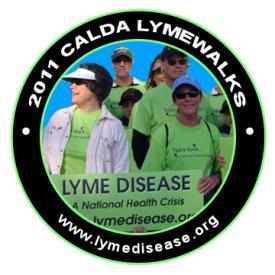
The 2011 CALDA Lymewalks are raising money for scientific research into Lyme and tick-borne diseases. Here's where the money goes.
CALDA has a committee made up of researchers, doctors and patients, who evaluate applications for research grants with an eye for projects that are patient-oriented. Our goal is to fund research that will do the most to help patients. (Typically, CALDA doesn’t fund the entire project. Researchers usually get support from a variety of sources.)
Here are current projects being funded in part by CALDA.
Stanford University. Clinical manifestations of Lyme disease.
How is chronic Lyme defined? The diagnosis of Lyme disease is complicated because of the diversity of its clinical manifestations, with symptoms reflecting involvement of the brain, nerves, joints, muscles or heart. This research project studies the different ways Lyme disease can manifest in different patients, and seeks to establish a preliminary case control definition of chronic Lyme disease that recognizes the wide-ranging symptom patterns and the limitations of standard diagnostic tests.
There are two phases in this work–retrospective and prospective.The retrospective phase analyzes the clinical medical records of more than 1000 Lyme patients, while the prospective phase examines actual patients and follows their progress through treatment.
Knowledge gleaned from this study should help doctors do a better job of diagnosing and treating Lyme, and pave the way for more extensive research of chronic Lyme.
University of New Haven, CT, Antibiotic susceptiblity of the spirochete and other morphologies of Borrelia burgdoferi.
Dr. Eva Sapi is doing important work on several aspects of Lyme disease. The study listed above, funded in part by CALDA, developed new techniques for culturing the Lyme bacteria in the laboratory. These techniques allowed researchers to better test the effectiveness of different antibiotics against both cyst and spirochete form of Borrelia burgdorferi (Bb), and to observe how Bb forms biofilms to protect itself against antibiotic treatment.
In an exciting development, Dr. Joseph Burrascano recently announced that a new diagnostic test for Lyme will soon be available. That test is based on Dr. Sapi’s culturing techniques.
CALDA has also funded research at Stonybrook, UC Davis, and John Hopkins University. Our funding committee is in touch with researchers around the country that are working on different projects. When you donate to the 2011 CALDA Lymewalks, you make it possible for their work to continue.
TOUCHED BY LYME is written by Dorothy Kupcha Leland, CALDA’s VP for Education and Outreach. Contact her at dleland@lymedisease.org.


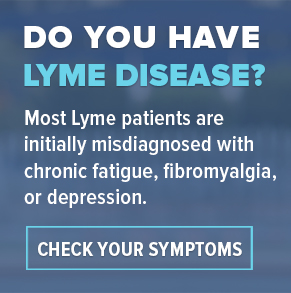
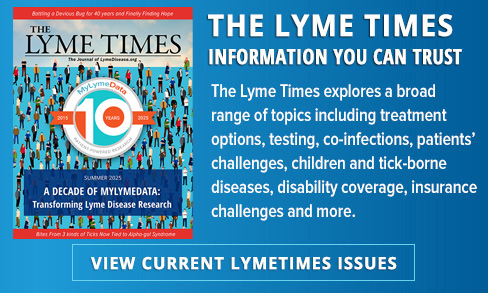

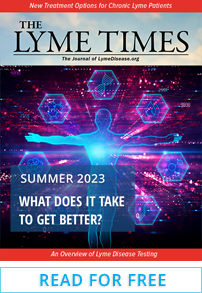


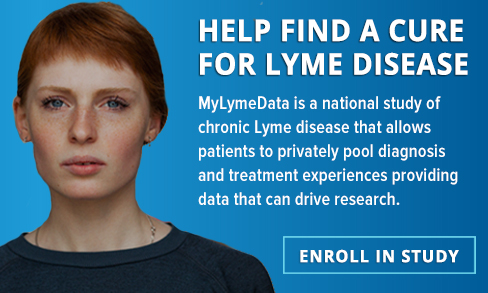
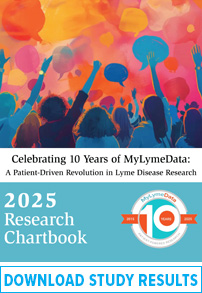
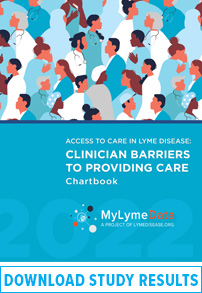









We invite you to comment on our Facebook page.
Visit LymeDisease.org Facebook Page